Shou sugi ban, or yakisugi, is an ancient Japanese art of treating wood with a flame to make it more waterproof and rot resistant. Thermory’s Ignite range turns the concept on its head, replicating those traditional advantages and adding in the unique benefits of our expertly heat-treated wood to bring it into the modern age. Ignite cladding panels emulate shou sugi ban’s gorgeous singed look, while our state-of-the-art thermal modification process gives the wood even greater levels of durability and rot resistance.

Shou Sugi Ban, also known as Yakisugi, is a traditional Japanese wood preservation technique with origins in the 18th century. It involves charring the surface of wood to make it more durable and resistant to weather, pests, and fire.
These days, using fire to protect wood is still hugely popular all over the world. And although it works – and the finish is undeniably attractive – technology has moved forward significantly since the technique was first perfected in Japan.
Traditional shou sugi ban involves carefully burning the wood’s surface with an open flame, then cooling and brushing it to reveal the unique charred texture. In contrast, Thermory Ignite uses a controlled heat treatment and embossing process to create a similar aesthetic without the mess or residue of soot.
Shou sugi ban is trending right now, and with good reason. In addition to the improved durability and attractive appearance of the wood when treated with this technique, it gives any wall a striking and unconventional look.
At Thermory, we’ve taken inspiration from shou sugi ban and applied our advanced thermal modification technology to create Ignite—cladding that delivers the look you love, with performance you can trust.
Ignite cladding boards are made from thermally modified spruce. It is an excellent material for exterior applications as Thermory’s thermal modification gives spruce the durability class 1, meaning it will resist rot and decay for over 25 years.
How Ignite Differs from Traditional Charred Wood:
Where can you use Ignite?
Ignite’s versatility allows you to bring the beauty of shou sugi ban to nearly any project, indoors or out.
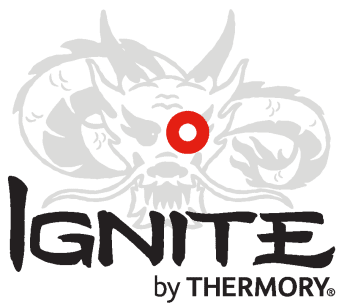
An ancient cladding tradition with reliably modern performance. Ignite combines the stunning look of yakisugi with superior strength and durability all the way to the core. Compared to the charred wood surface, Ignite cladding boards have a significantly longer maintenance interval.
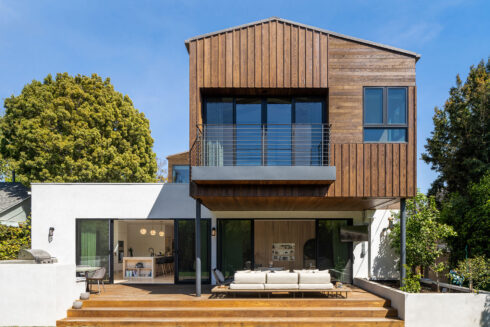
Yes — and you absolutely should. Mixing cladding...
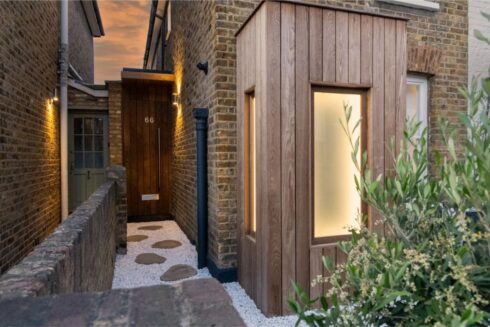
The most...

Contemporary...
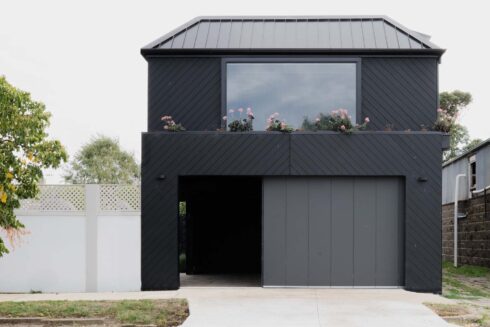
From minimal forest cabins to bold urban residences, black timber cladding has emerged as a defining element of modern architectural design. Its striking,...

The eye-catching black Thermory Ignite cladding provides a bold look, while also offering the stability and durability that Thermory is known...
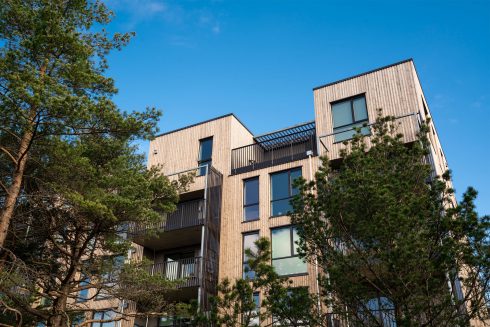
Finding the best solution to clad buildings is important for several reasons – as well as defining the look and feel of your design, it also has a major...

Natural wood can be used in many different ways. The beauty and versatility make wood unequalled building material. As both an interior and exterior design...
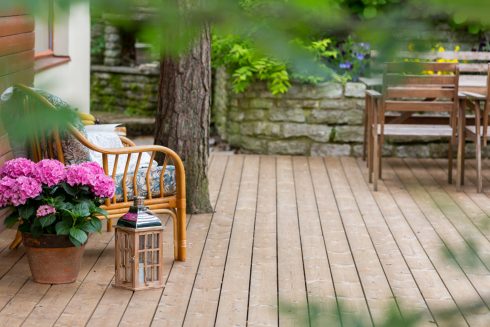
Home is where the heart is – a place where the whole family can feel safe and warm. The building materials you choose should enhance this feeling and...
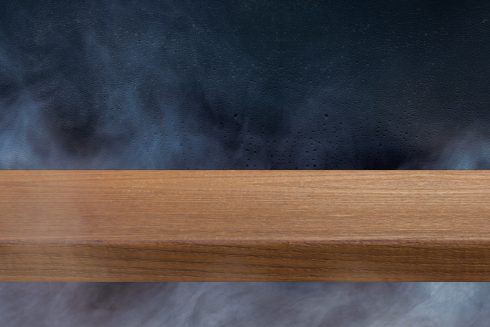
Thermally modified wood, often referred to as thermowood, is real wood enhanced using only heat and steam to improve its durability, dimensional stability,...
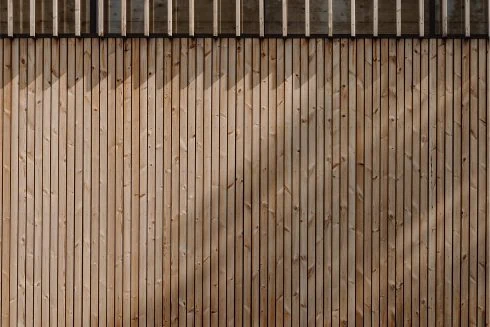
With rising concerns about climate change, the world community’s responsibility to reduce our carbon footprint rests with each and every individual and...
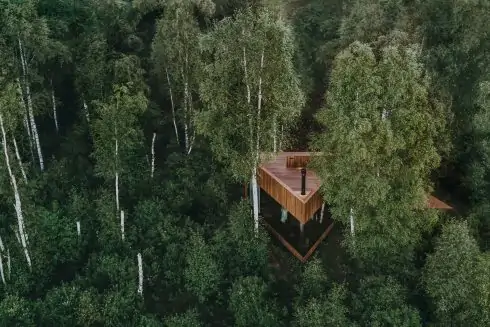
In 2022, the global megatrend of sustainable architecture and building practices will continue. Architecture trends influence the choice of materials both...